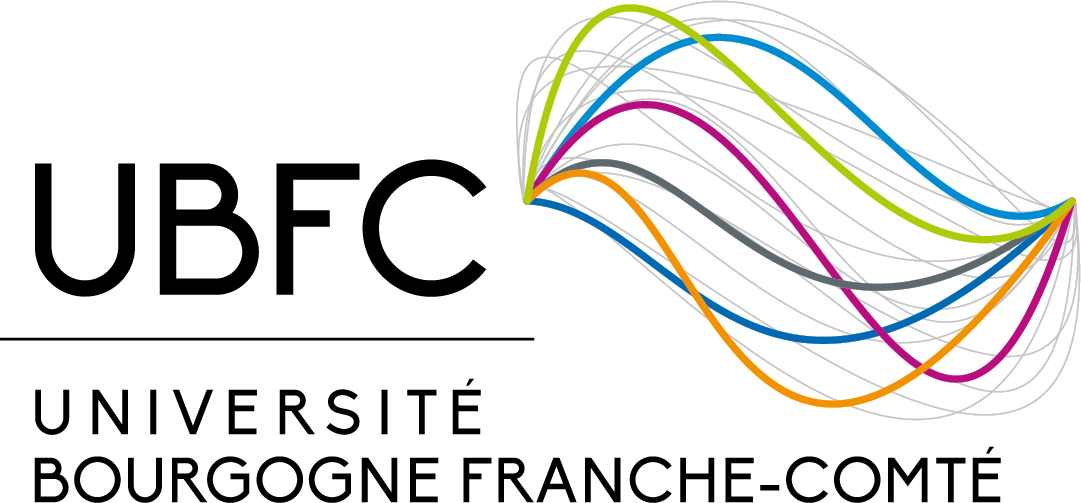Stress rotations and the long-term weakness of the Median Tectonic Line and the Rokko-Awaji Segment
| Affiliation auteurs | !!!! Error affiliation !!!! |
| Titre | Stress rotations and the long-term weakness of the Median Tectonic Line and the Rokko-Awaji Segment |
| Type de publication | Journal Article |
| Year of Publication | 2014 |
| Auteurs | Famin V, Raimbourg H, Garcia S, Bellahsen N, Hamada Y, Boullier A-M, Fabbri O, Michon L, Uchide T, Ricci T, Hirono T, Kawabata K |
| Journal | TECTONICS |
| Volume | 33 |
| Pagination | 1900-1919 |
| Date Published | OCT |
| Type of Article | Article |
| ISSN | 0278-7407 |
| Mots-clés | fault weakness, Median Tectonic Line, Nojima fault, stress inversion of fault slip data, stress rotation |
| Résumé | We used a field analysis of rock deformation microstructures and mesostructures to reconstruct the long-term orientation of stresses around two major active fault systems in Japan, the Median Tectonic Line and the Rokko-Awaji Segment. Our study reveals that the dextral slip of the two fault systems, active since the Plio-Quaternary, was preceded by fault normal extension in the Miocene and sinistral wrenching in the Paleogene. The two fault systems deviated the regional stress field at the kilometer scale in their vicinity during each of the three tectonic regimes. The largest deviation, found in the Plio-Quaternary, is a more fault normal rotation of the maximum horizontal stress to an angle of 79 degrees with the fault strands, suggesting an extremely low shear stress on the Median Tectonic Line and the Rokko-Awaji Segment. Possible causes of this long-term stress perturbation include a nearly total release of shear stress during earthquakes, a low static friction coefficient, or low elastic properties of the fault zones compared with the country rock. Independently of the preferred interpretation, the nearly fault normal orientation of the direction of maximum compression suggests that the mechanical properties of the fault zones are inadequate for the buildup of a pore fluid pressure sufficiently elevated to activate slip. The long-term weakness of the Median Tectonic Line and the Rokko-Awaji Segment may reside in low-friction/low-elasticity materials or dynamic weakening rather than in preearthquake fluid overpressures. |
| DOI | 10.1002/2014TC003600 |
